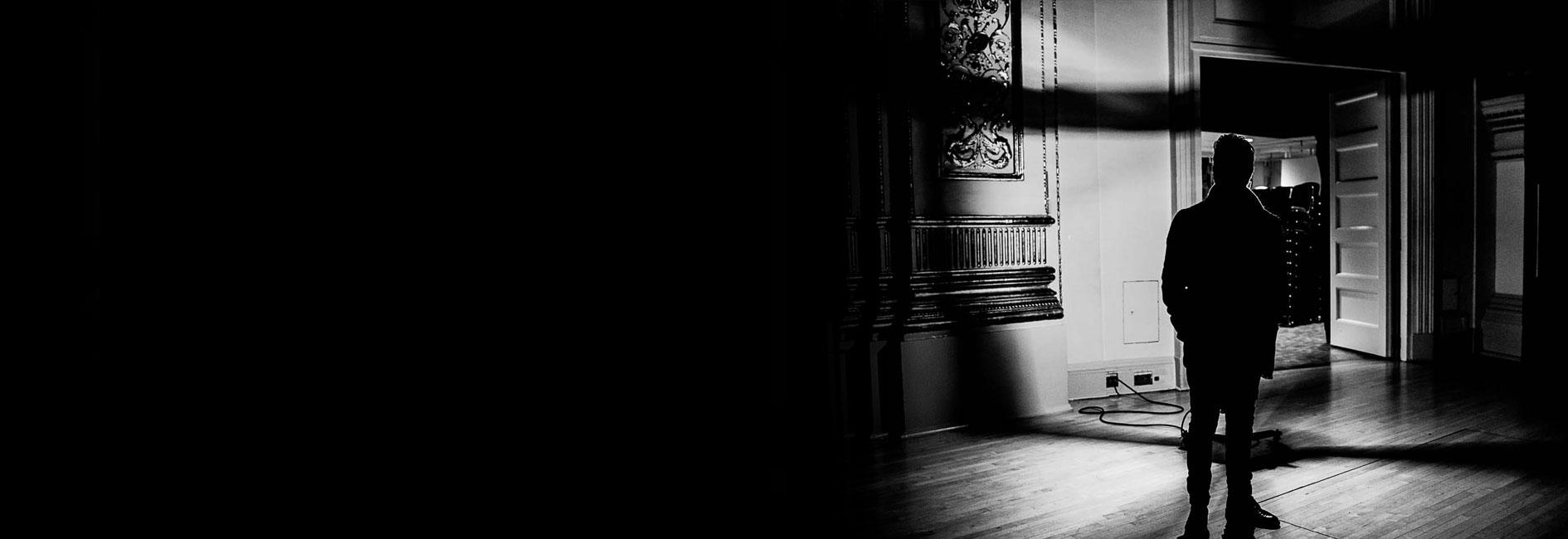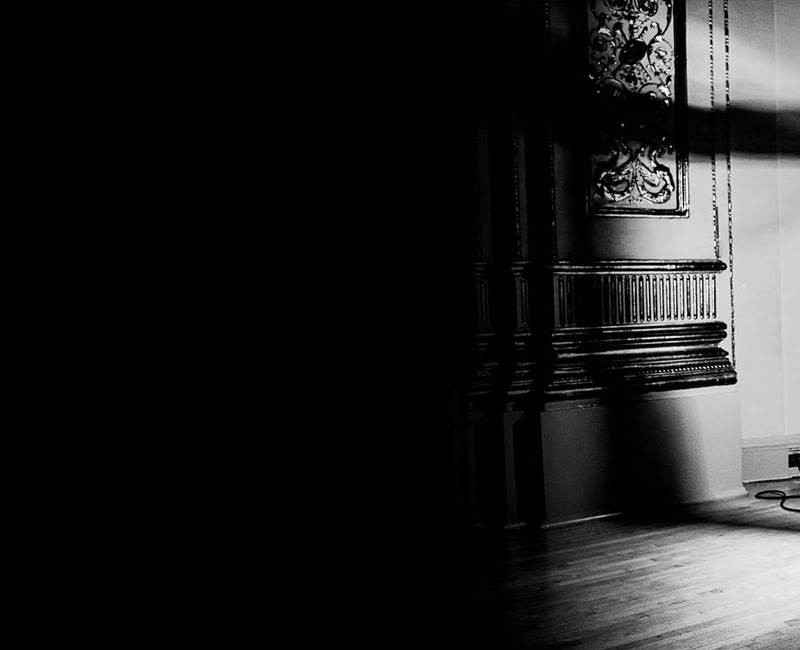20 Oct 2017
The Epoch Times
“The Orchestra of St. Luke’s, now in its 43rd year, began its Carnegie Hall season with Mozart’s “Great” Mass in C Minor and Beethoven’s Symphony No. 1. The concert was conducted by Pablo Heras-Casado, the first conductor laureate the orchestra has appointed in its history.
The interesting idea behind the program was to present works by the two composers—Wolfgang Amadeus Mozart (1756-1791) and Ludwig van Beethoven (1770-1827)—that do not reflect their usual style. Thus, Beethoven’s Symphony No. 1 is a rather conventional work, which lacks the depth and drama of his later works, while the Mozart Mass reflects those very qualities …
Beethoven’s Symphony No. 1 (1800) is an appealing work that reflects the influence of his forebears and doesn’t take off into radically new directions, as he did in his later works. Heras-Casado led a vibrant performance by the orchestra, conveying both the dance-like movements as well as the slower, lovely Andante movement.”
Superconductor
“All entities must evolve to survive, and the Orchestra of St. Lukes has undergone some changes in recent years. The ensemble, which originated playing chamber music at the Church of St. Lukes in the Fields in Greenwich Village has had, since 2011, a permanent address: the Dimenna Center on Manhattan’s West Side. They are also about to change music directors again, with period performance expert Bernard Labardie slotted to replace Pablo Heras-Casado next season.
However, Thursday night’s concert of Mozart and Beethoven found Mr. Heras-Casado firmly at the controls, it opened with a robust performance of Beethoven’s Symphony No. 1, perhaps the only one of that composer’s nine that works as an effective curtain-raiser. This reviewer was reminded of the vivid start of this conductor’s tenure. In July of 2013, a Beethoven Seventh at a tempest-tossed Caramoor was rendered almost inaudible by rain pouring on the festival tent that afternoon.
In the much drier and fuller acoustic of Carnegie Hall, one could hear the effort that this conductor goes to at putting phrase and nuance into Beethoven. Tiny accelerandi appeared hither and thither in the music, serving to drive the whole work forward with the relentless momentum of a perpetual motion machine. The brisk business-like opening chords launched the music into a careening allegro. The sense of bustle and energy never let up for four movements.
The Andante offered opportunities for the winds to shine, but everyone onstage seemed occupied with following the conductor ’s whims and moving the music along at a steady jog. The dance movement had a spring to its step and the contrasting trio made for a moment of lyric reflection. This led to a hurried final movement, with the conductor striving for the limits of prestissimo Then, (in accordance with the advice of Richard Strauss) he insisted on doubling the pace with predictable, that is, mixed results.
The second half of the program featured the Mozart Great Mass in C minor, a work left unfinished by its creator. It is invariably presented in a five-movement edition with the last two sections written by one Helmut Eder …
A strong chorus is necessary for this work to succeed. Here the chorus was the Westminster Symphonic Choir, whose taut performance of the Kyrie and the choral section of the Gloria lent both of these movements credence as acts of musical faith. Mozart’s remarkable use of minor key chords and powerful orchestrations showed the way forward to the more mystic pages of Die Zauberflöte. The closing Sanctus and Benedictus are of minor consequence but they provide this work with a necessary sense of closure.”

